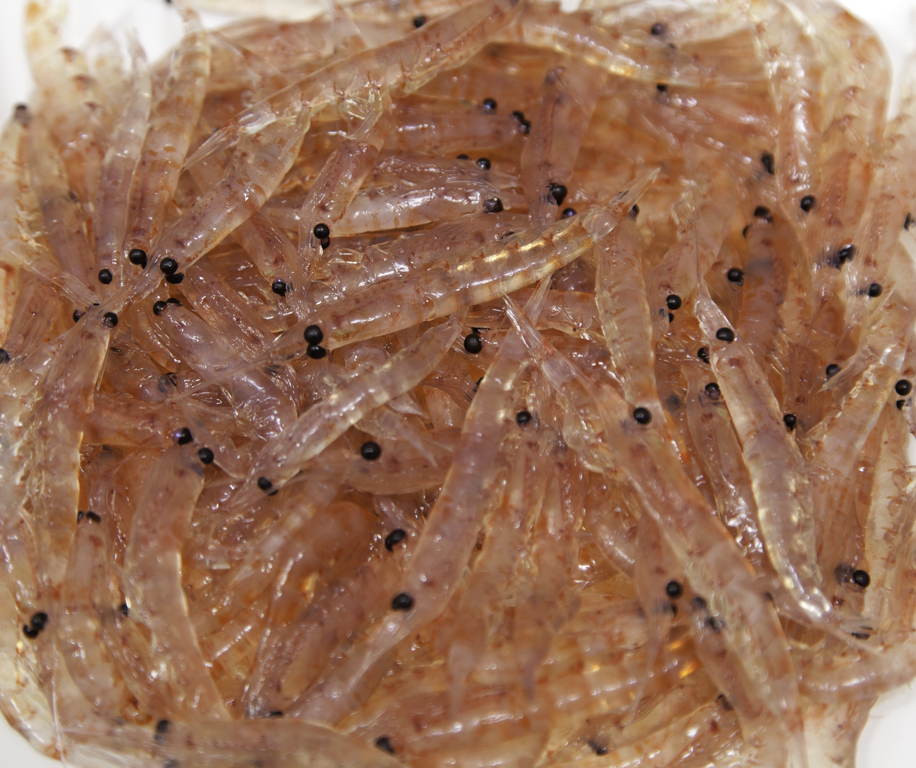“Krill is a phenomenal animal and has a very complicated life cycle and dynamics. We need to understand the biology, chemistry and physics around what affects the krill behaviour,” says Mingshun Jiang, oceanographer and associate research professor at Florida Atlantic University.
In 2016, he and Christian S. Reiss of the US National Marine Fisheries Service were awarded a grant from the Antarctic Wildlife Research Fund to study Antarctic krill.
Why is it important to research krill?
“Krill are eaten by whales, penguins, fish, and krill eats the plankton and the smaller animals. So, the energy they concentrate by eating the plankton is transferred through the whole food chain, which makes them a fundamental link in the food web of the Antarctic,” says Reiss.
The marine ecosystem around the Antarctic Peninsula is experiencing significant changes, including reduction in sea ice cover. These changes impact the entire ecosystem, including krill.
“It is important to study krill's response to these changes and how it affects species dependent on krill. Will they become abundant because of the fewer krill? How many krill can the Southern Ocean support? Those are some of the big science questions when it comes to krill research,” says Reiss.
Research on krill is also relevant for krill fisheries. However, as Jiang adds, it is vital to research krill for “pure scientific curiosity.”
What are the main goals with your research?
“We try to understand a fundamental question of how important are the physics of the environment in the Antarctic and linkages between different species in the ecosystem. The first thing we are doing is understanding and describing the distribution and movements of krill, its behavior, the potential effects predators and fishing have on krill,” says Reiss.
“The basis of these is studying the so-called connectivity and retention of krill, which describe how krill populations are connected and the sources and export of krill in a particular area”, adds Jiang.
The results of this research will help fisheries develop more sustainable practices and design strategy to protect this fragile ecosystem.
“The krill fisheries are concentrating on small areas. The question is how much it is possible to fish in those areas without removing krill faster than they replenish and without impacting the predators,” says Reiss.
In order to address these questions, the scientists are using more than 15 years of data collected by Reiss and his colleagues.
Jiang has developed a high resolution numerical model to better understand the spatial patterns of krill connectivity and retention.
“This model is called Lagrangian tracking. We can track the krill movement, which assume krill are particles that move with waters, but also capable of moving up and down by themselves.”
Output from simulations and this model will be available for public access and can be used by other scientists.

